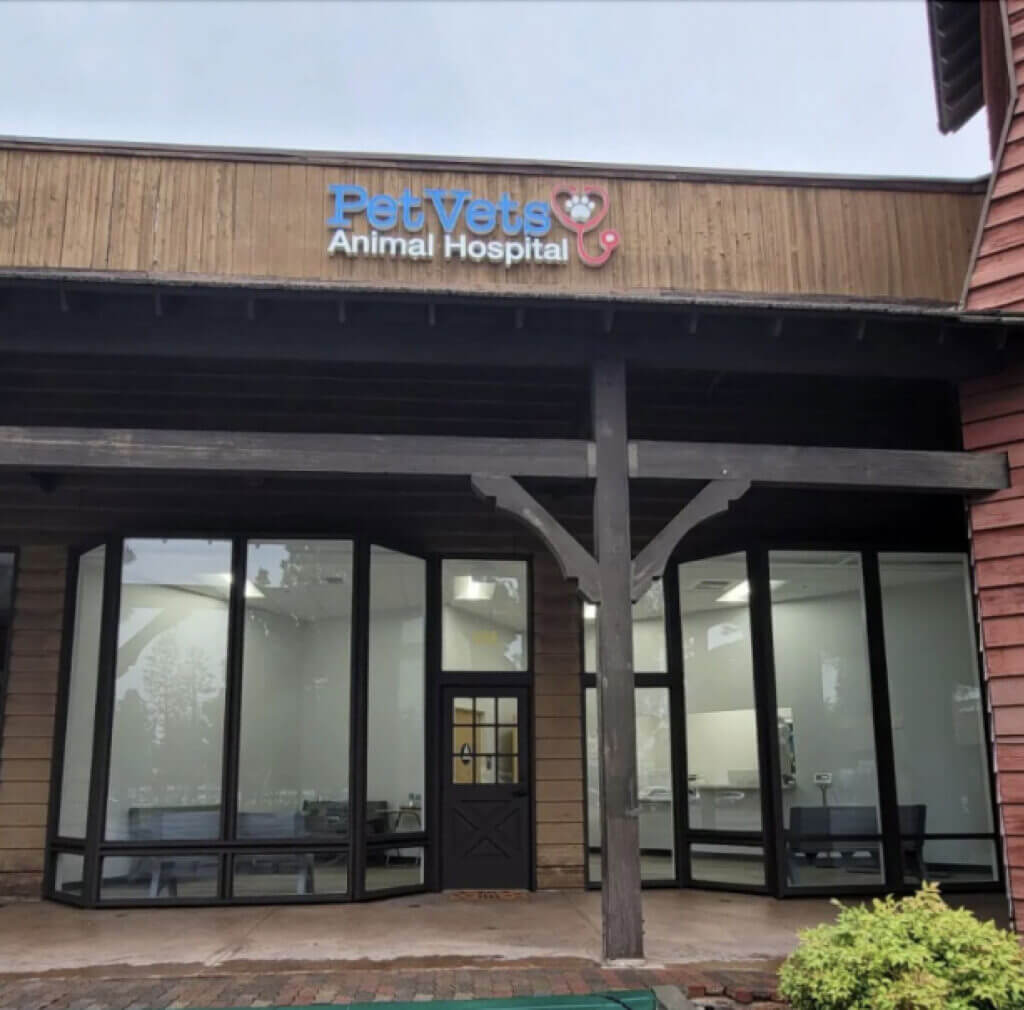Dog Elbow Dysplasia Treatment
in San Dimas, CA
Elbow dysplasia is a common orthopedic condition in dogs, particularly in large and giant breeds. It refers to a developmental abnormality affecting the elbow joint, leading to pain, lameness, and impaired mobility. Among the various components of elbow dysplasia, ununited anconeal process (UAP) and fragmented coronoid process (FCP) are frequently observed. Understanding these conditions, their clinical signs, treatment options, and recovery process is crucial for managing affected dogs effectively.
What Are the Clinical Signs of Elbow Dysplasia?
Dogs with elbow dysplasia may exhibit a range of clinical signs, including:
- Lameness, which may worsen with exercise
- Difficulty rising or moving
- Reluctance to bear weight on the affected limb
- Swelling and pain around the elbow joint
- Joint stiffness and reduced range of motion
- Audible clicking or popping sounds during movement
How Is Elbow Dysplasia Diagnosed?
Diagnosing elbow dysplasia and its associated conditions typically involves a combination of physical examination, radiography (X-rays), and sometimes advanced imaging techniques like computed tomography (CT) or magnetic resonance imaging (MRI). These diagnostic tools help veterinarians assess the extent of joint involvement and plan appropriate treatment strategies.
How Is Elbow Dysplasia Treated in Dogs?
Surgical intervention is often necessary to address elbow dysplasia, especially in cases of UAP and FCP. Arthrotomy, a surgical procedure involving the opening of the joint capsule, is commonly performed to repair these conditions. Two primary techniques used in the surgical repair of UAP and FCP are:
- Arthrotomy: During arthrotomy, the joint is accessed through a surgical incision, allowing the surgeon to remove any bone fragments or abnormal tissues causing pain and joint instability. This procedure aims to restore normal joint function and alleviate discomfort.
- Paul Technique: The Paul technique involves stabilizing the fragmented coronoid process using a screw or pin, promoting the healing and integration of the fragment with the surrounding bone. This method helps prevent further degeneration of the joint and improves long-term joint health.
What Can I Expect During My Dog’s Recovery From Elbow Dysplasia Surgery?
Postoperative care is crucial for the successful recovery of dogs undergoing surgery for elbow dysplasia. This typically involves a combination of pain management, restricted activity, physical therapy, and dietary modifications to support joint health. Most dogs require several weeks to months of rehabilitation before returning to normal activity levels. Regular follow-up appointments with the veterinarian are essential to monitor progress and adjust treatment as needed.
Dog Elbow Dysplasia Treatment at PetVets Animal Hospital
Elbow dysplasia and its associated conditions, including UAP and FCP, can significantly impact a dog’s quality of life. Prompt diagnosis, surgical intervention, and diligent post-operative care are essential for managing these orthopedic disorders effectively. With proper treatment and rehabilitation, many affected dogs can lead active and comfortable lives. Owners should work closely with their veterinarians to develop a comprehensive treatment plan tailored to their dog’s individual needs.
Frequently Asked Questions About Elbow Dysplasia Treatment
-
Can elbow dysplasia be prevented?
While the exact cause of elbow dysplasia is multifactorial and not entirely preventable, certain measures can help reduce the risk. These include maintaining a healthy weight, avoiding excessive growth rates in puppies, and providing appropriate exercise and nutrition.
-
Are certain dog breeds more prone to elbow dysplasia?
Yes, certain breeds, particularly large and giant breeds such as Labrador Retrievers, Golden Retrievers, German Shepherds, and Bernese Mountain Dogs, are predisposed to elbow dysplasia.
-
What is the prognosis for dogs undergoing surgery for elbow dysplasia?
The prognosis largely depends on factors such as the severity of the condition, the success of surgical intervention, and the dog’s overall health. With proper treatment and rehabilitation, many dogs can experience significant improvement in mobility and quality of life.
-
Can elbow dysplasia recur after surgery?
While surgical treatment aims to address the underlying pathology, there is a risk of recurrence or development of secondary arthritis over time. Regular veterinary check-ups and appropriate management strategies can help minimize the risk of recurrence and optimize long-term joint health.

